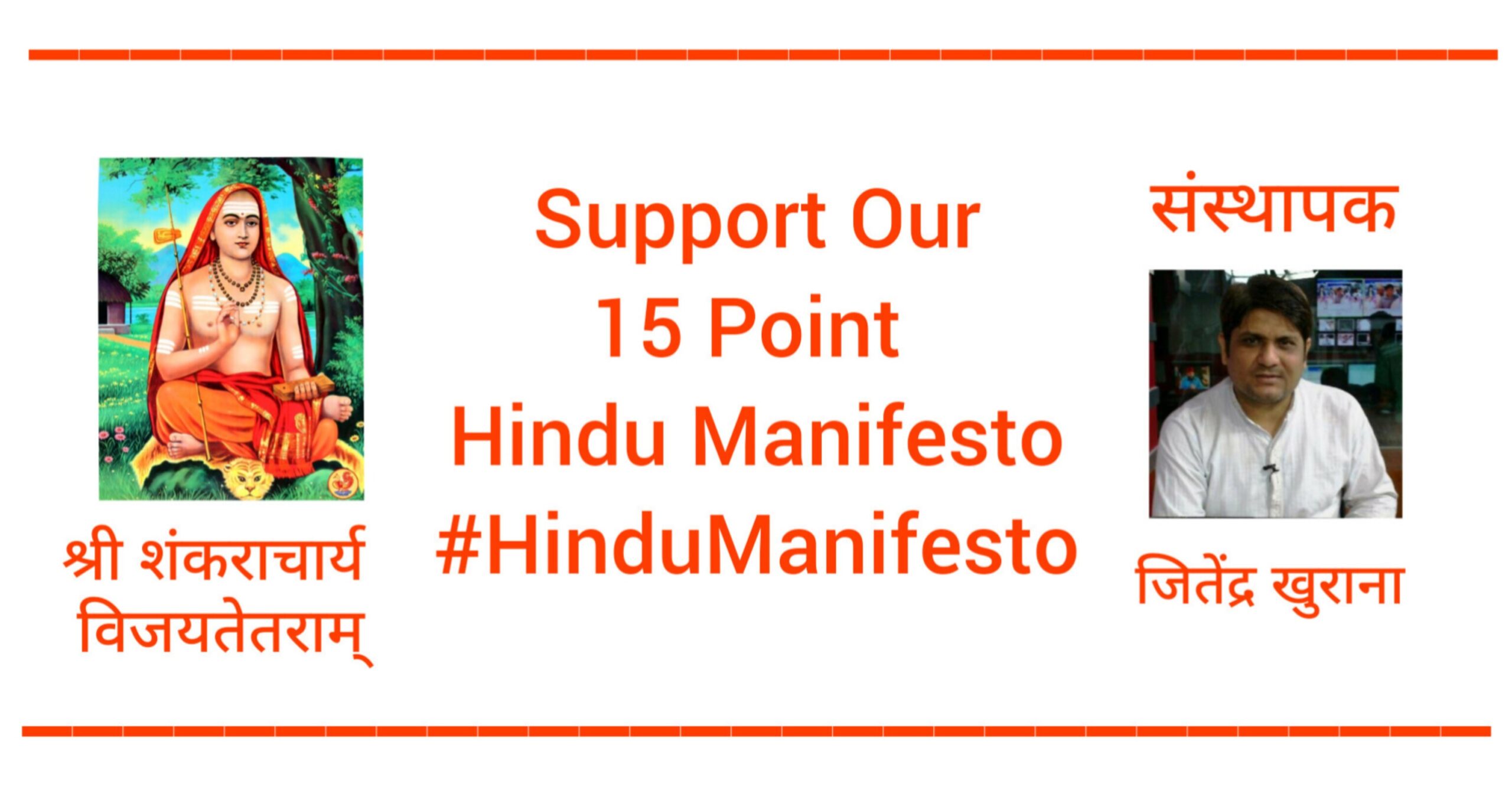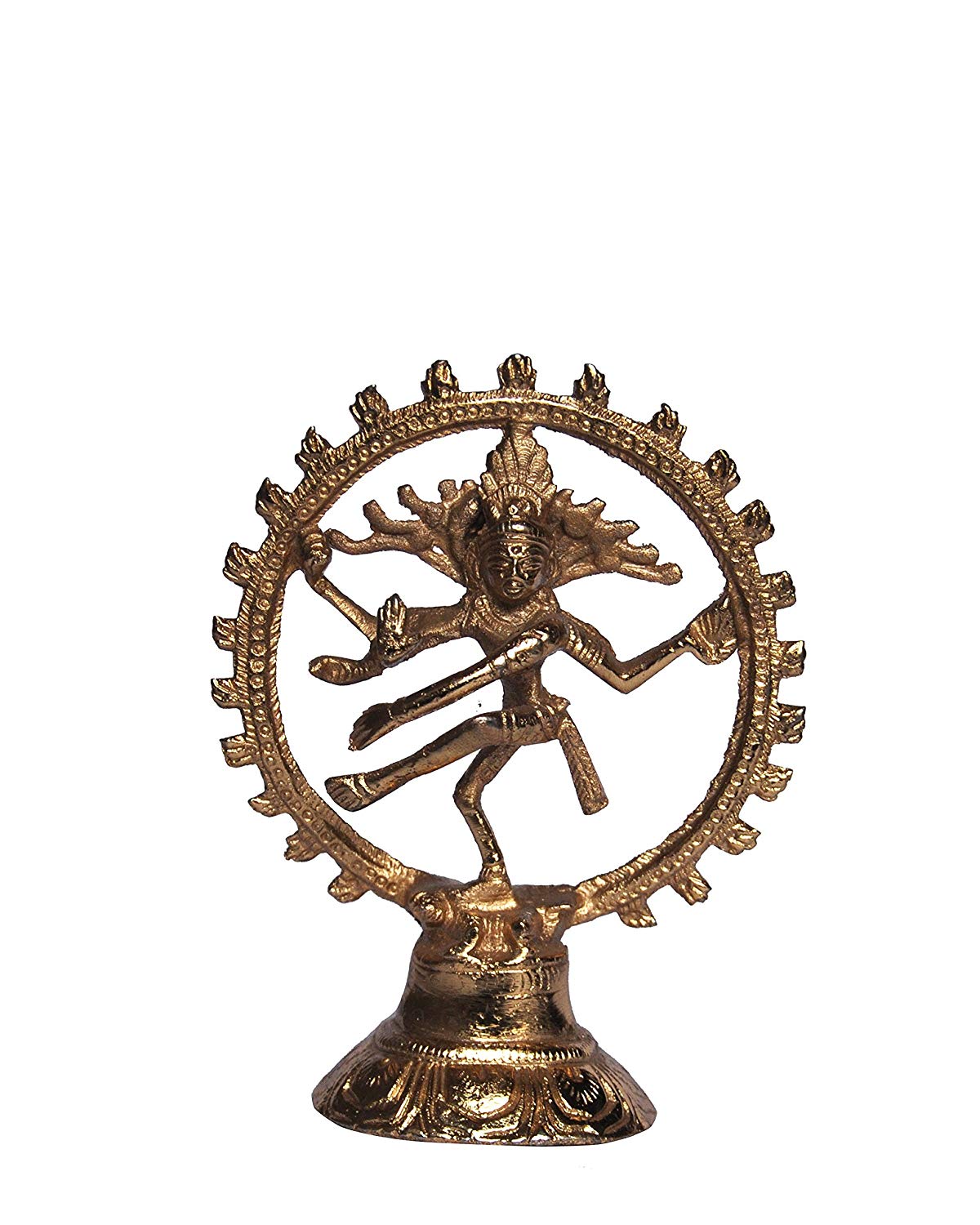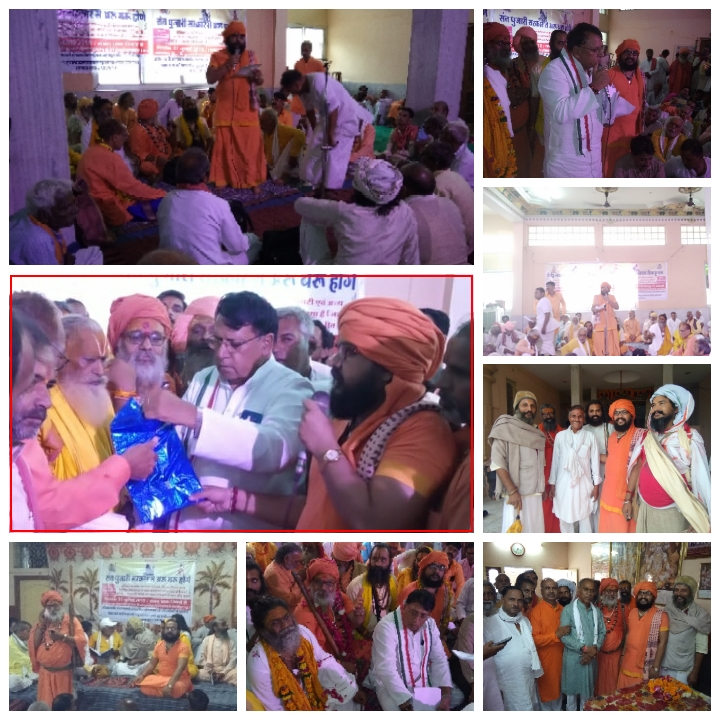Please Cease and Desist From Being an Apologist and Become a धर्मिष्ठ

One might wonder why I chose such legal language to convey my sincere call-to-action. Well, it should be no mystery to you, the reader, that being Hindu comes with a lot of explaining to do. We have to explain the usual boring clichés & platitudes along with taboo subjects such as: idol worship, 330 million gods, sati praThA, castes, untouchability and alleged misogyny. This is where the apologist who is questioned from all sides finds a difficult uphill battle to take part in. Now, being an apologist is not a bad thing. But often times, the same apologist does not necessarily know what he/she is defending and why. I contend that the apologist approach does not suffice. And so I suggest being a धर्मिष्ठ (an adjective ‘dharmiSTha‘ – very virtuous or righteous) as this is the only true way to explain and assert to the rest of the world that we are Hindus and not Hindoos.
Being a धर्मिष्ठ requires knowing who one is, where one comes from and what one stands for. I grew up in a wonderful country called Canada in which my beliefs and practices were never hampered – in fact, I assert that both my beliefs and practices have been generously given a conducive environment to flourish. I am the son of devout and virtuous saryupAreen brahmana parents hailing from Eastern Uttar Pradesh, India. The three rishis that make up my patrilineal family line are Angirasa, Brihaspati and BharadvAja. My gotra is BharadvAja and my vedashAkhA is Shuklayajurveda. My kula devatA is Lord Shiva and my kula devi is Mother VindhyAvAsini. My upaveda is dhanurveda and my family follows KAtyAyana shrauta sutra. At the age of 11, I was taken to my paternal ancestral home at Tilthi village (Mirzapur, UP) to be given my second birth and initiation into Vedic learning. The ceremony is known as उपनयन संस्कार (upanayana samskAra). In this ceremony, the initiate is given the gAyatri mantra upadesha from his/her guru (it is whispered in the ear). The initiate chants Vedic mantra-s and makes offerings to the Gods and Goddesses via Agni. An oath to learn, practice, defend and propagate Vedic Dharma at all costs is taken in the presence of Agni, the guru and one’s family. The यज्ञोपवीतम् (yajñopavītam – sacred thread) is presented to the initiate to wear till his/her last breath. Once the ceremony is complete, the initiate utters his/her Vedic identity before going to his/her mother and family to beg for alms. This introduction is called अभिवादये (abhivAdaye). The following introduction is what I used when I humbly begged for alms:
abhivādaye āṅgirasa-bārhaspatya-bharadvāja-trayārṣeya-pravarānvita-bharadvāja-gotraḥ kātyāyana-sūtro yajuḥśākhādhyāyī abhayaśaṅkaradubeśarmā nāma ahamasmi bhoḥ
At the tender age of 11, I was taught some of life’s most important lessons. I learned who I am, where I come from and what I stand for. I was taught that learning and teaching is my religious duty. I was taught that learning can only happen at the lotus feet of a great guru and that this learning requires humility. Now, at age 35, I have no problem with reconciling my spiritual and religious life with my professional and secular life. I hope and pray that by the grace of the Lord and my great gurus that I am considered a धर्मिष्ठ. I do not see a need for myself to behave as an apologist. My life, practices and actions must speak to my values and background. I have no problem in understanding the common noble goals of saguna and nirguna brahma worship, varnAshrama dharma, varna vyavasthA, the purushArtha-s and satittva. There is no amount of academic chicanery that can help the apologist win over the naysayers. I contend that through study of our scriptures under gurus and virtuous behaviour (the byproduct of these studies) can we be comfortable as Hindus in the global village. When we are comfortable as Hindus we will see no need for the apologist approach. Should you agree with my assertion, please do your part.
Hara Hara MahAdeva




